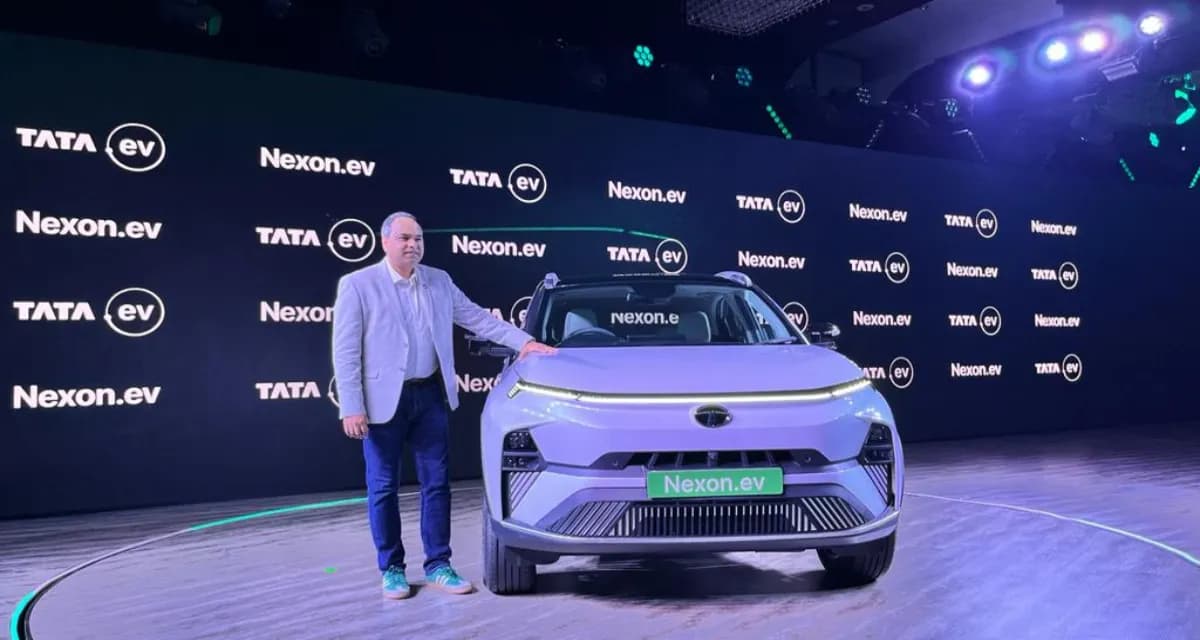Tata Motors may no longer command the lion’s share of India’s electric vehicle (EV) market like it once did, but it remains the undisputed market leader.
The company, which currently offers the widest range of electric cars in India, has seen a notable drop in sales and market share in the financial year ending March 2025 (FY2025). Yet, Tata is doubling down on its strategy to retain dominance and expand its EV footprint.
Sales and Market Share Trends: A Tighter Race
According to data from the Federation of Automobile Dealers Associations (FADA), Tata Motors sold 64,530 electric vehicles in FY2024, securing a dominant 70.52% market share.
However, in FY2025, that number dropped by 6,914 units, a 10.71% decline, bringing total sales to around 57,616 units. This decline was more significant in terms of market share, which slipped to 53.52%, a 17 percentage point drop year-on-year.
During the company’s Q4 FY2025 earnings call, Dhiman Gupta, Vice President – Finance at Tata Motors Passenger Vehicle (TMPV) and Tata Passenger Electric Mobility (TPEM), acknowledged the slump. He attributed the dip to “muted traction on the fleet side,” where demand has weakened more than expected.
Focus Remains on Retaining Over 50% Market Share
Despite the slowdown, Tata is not backing off. Shailesh Chandra, Managing Director of TMPV and TPEM, emphasized the company’s goal of maintaining a market share above 50%, especially by focusing on high-volume segments.
Chandra noted that in the sub-₹12 lakh EV category, Tata still commands over 75% of the market, driven by models like the Tiago EV and Tigor EV. He added that the brand is working to further close the price gap between EVs and ICE vehicles in this segment, aiming to make electric mobility more accessible for Indian buyers.
The Mid-Segment Challenge and Upcoming Launches
The ₹12–20 lakh price band has emerged as a critical battleground. Tata currently holds an estimated 30–33% share in this space, where rivals are becoming more aggressive with offerings from MG, Mahindra, and new EV entrants.
To strengthen its presence, Tata is preparing to launch two highly anticipated models:
Tata Sierra.ev: While some variants may start under ₹20 lakh, most trims are expected to go beyond that. It is likely to launch by the end of 2025.
Tata Harrier.ev: Initially planned for a March 2025 launch, its debut has been postponed, with the revised launch timeline yet to be confirmed. It will be priced well above ₹20 lakh and will cater to the premium electric SUV segment.
These models are expected to revitalize Tata’s appeal in the higher-end EV market, which is increasingly important as buyer interest grows in feature-rich, long-range electric SUVs.
Outlook: Leadership Under Pressure, but Far from Over
Tata Motors may be facing increased pressure, but its foundational strength in the EV space, wide portfolio, strong brand trust, and early-mover advantage give it a strategic edge. The company’s focus on pricing, domestic production, and future launches indicates that it’s not only aware of the challenges ahead but actively evolving to meet them.
The coming year will likely see Tata defend its crown fiercely, and much of that battle will be fought with the Harrier.ev and Sierra.ev—products that could define the next phase of India’s electric car revolution.
Also Read:

